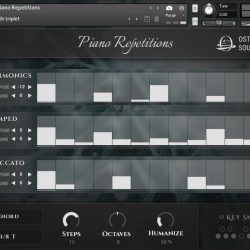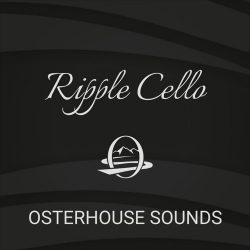Draw different shapes into Series A and Series B, then use the Morph slider to interpolate between them.
The result shows up on the middle table.
The 1st table step triggers the fundamental pitch, the 2nd step triggers an octave above, the 3rd step triggers an octave and a fifth above, and so on, for the first 7 partials of the harmonic series.
Partials are tuned to diverge from equal temperament and instead be in line with the frequencies of the harmonic series.
Depending on what you draw, it can completely transform the tone, so it no longer sounds like a piano!
You can turn on Velocity to make morphing be controlled by velocity, which “partially” makes up for the fact that there is only one velocity layer. See what I did there? 😀

You must be logged in to post a review.



Erich (verified owner) –
Professional. Many thanks!
WILLIAM J. (verified owner) –
As someone who composes music just for the fun of it, I sincerely appreciate the quality of your free offerings.
Юрій Шолох (verified owner) –
Danke schön. Ein tolles Werkzeug für Anfänger.
Thomas (verified owner) –
Simple to use and has pretty good quality